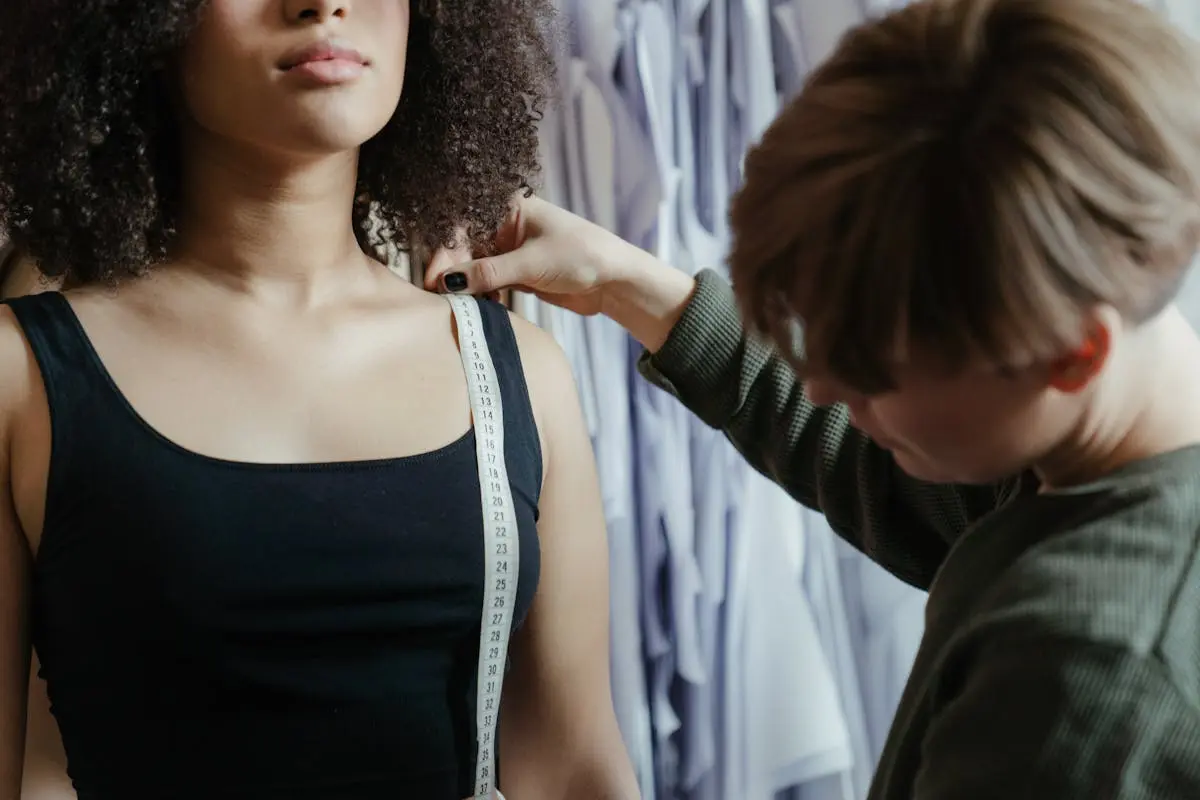Undergoing plastic surgery is a transformative journey, but the recovery process plays a crucial role in achieving the best results. One essential component of post-surgical healing is compression garments. These specially designed garments help reduce swelling, minimize bruising, support new contours, and improve overall healing. In this blog, we will explore why compression wear is vital after surgery and how to choose the best one for your needs.
The Science Behind Compression Garments
Compression garments provide consistent pressure on treated areas, which helps:
- Reduce swelling (edema): By applying gentle, even pressure, they prevent excessive fluid buildup, which can slow down healing.
- Minimize bruising: Compression helps control blood flow, reducing internal bleeding and bruising.
- Enhance circulation: Improved blood flow speeds up healing and prevents complications such as blood clots.
- Support tissue adhesion: The pressure assists the skin and tissues in adhering to the body’s new shape, ensuring smooth, natural-looking results.
- Prevent seromas and hematomas: These garments help prevent fluid pockets from forming under the skin, which can lead to painful swelling and infections.
Types of Surgeries That Require Compression Garments
Many cosmetic and reconstructive procedures benefit from the use of compression wear, including:
- Liposuction: Helps contour the body and prevents uneven fat redistribution.
- Tummy Tucks (Abdominoplasty): Supports abdominal muscles and skin tightening.
- Brazilian Butt Lift (BBL): Protects fat grafts while shaping the waist and hips.
- Breast Augmentation & Reduction: Minimizes swelling and provides chest support.
- Facelifts & Neck Lifts: Reduces facial swelling and promotes smoother results.
How Long Should You Wear a Compression Garment?
The duration of wear depends on the type of surgery, but general guidelines include:
- Stage 1 (0-2 weeks post-op): Wear 24⁄7 (only remove for hygiene purposes).
- Stage 2 (2-6 weeks post-op): Wear 12+ hours a day for continued support.
- Stage 3 (6+ weeks post-op): Optional, but continued use can help maintain results.
Choosing the Right Compression Garment
When selecting a compression garment, consider:
- Proper Fit: Too tight can cut off circulation; too loose won’t provide benefits.
- Breathable Material: Look for high-quality, medical-grade fabric that allows air circulation.
- Adjustability: Some garments offer hook-and-eye closures or zippers for a customizable fit.
- Surgical Needs: Choose the right garment for your specific procedure (e.g., BBL fajas with butt cut-outs).
Additional Recovery Tips for Best Results
- Stay Hydrated: Drinking water reduces swelling and flushes out toxins.
- Massage Therapy: Lymphatic drainage massages enhance circulation and minimize fluid buildup.
- Follow Your Surgeon’s Instructions: Wear the garment as directed and attend all follow-up appointments.
Conclusion
Compression garments are more than just post-op accessories; they are essential tools for a safe and effective recovery. By reducing swelling, supporting tissues, and promoting circulation, they help you heal faster while ensuring optimal surgical results. Investing in the right compression wear will not only enhance your comfort but also protect your surgical investment.
